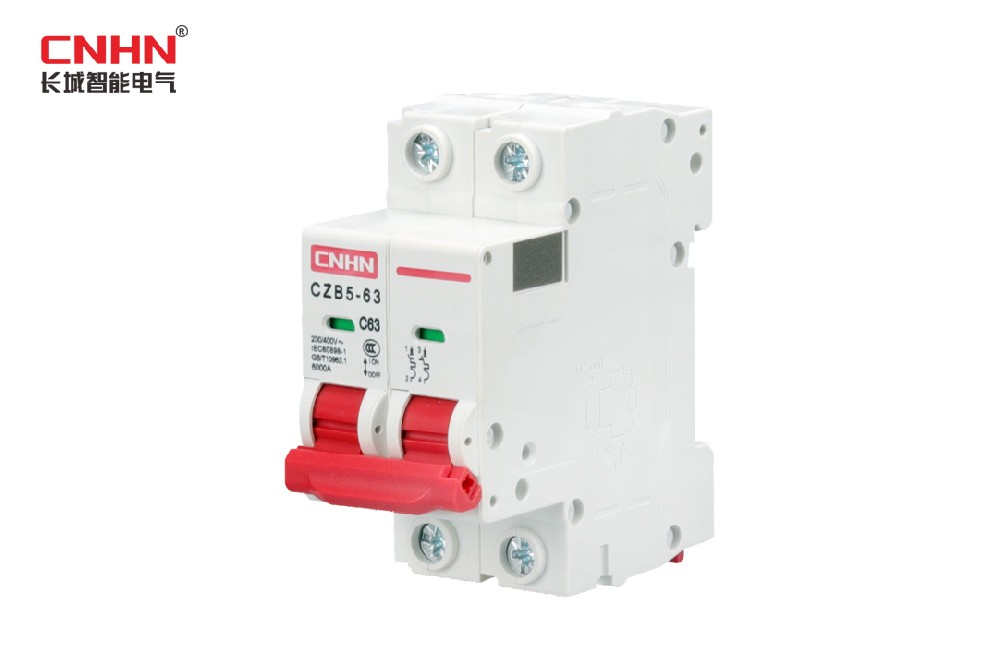What is a low-voltage circuit breaker? Low-voltage circuit breaker is defined as a switching appliance that can turn on, carry and break current under normal circuit conditions and also turn on, carry for a certain time and break current under specified non-normal circuit conditions (overload, short circuit, especially short circuit).
Classification of circuit breakers
1、Universal type (also known as frame type, or ACB);
2、Plastic shell type (MCCB for short);
3、Miniature Circuit Breaker (MCB for short), Earth Leakage Circuit Breaker (RCBO for short);
Difference of each circuit breaker
1、The universal circuit breaker has the largest rated current and is used for primary distribution coming from the low voltage end of the transformer. Its case frame grades are 1600, 2000, 3200, 4000, 6300, rated current range in 200A-6300A.
2、The plastic shell rated current is the second highest, commonly used in secondary distribution, such as floor general open, power box, etc. Shell frame grades are 125, 160, 250, 400, 800, rated current range in 800A.
3、Small circuit breakers are used for the end of the distribution circuit, the maximum shell frame level 125A, of which the rated current of 16-63 specifications are more common.
Miniature Circuit Breaker

Product Features
◆Product function can monitor voltage, current, power, electricity, temperature and other parameters in real time
◆With overvoltage, undervoltage, overload, short circuit, overcurrent, over temperature and other protection functions
◆Can have local handle on and off, local electric control, local locking, remote control, timing control and other control functions
◆RS-485 (MODBUS) communication as standard
◆Optional decoupling curve C type / D type
◆Guide rail mounting, optional module 1P/2P/3P/4P